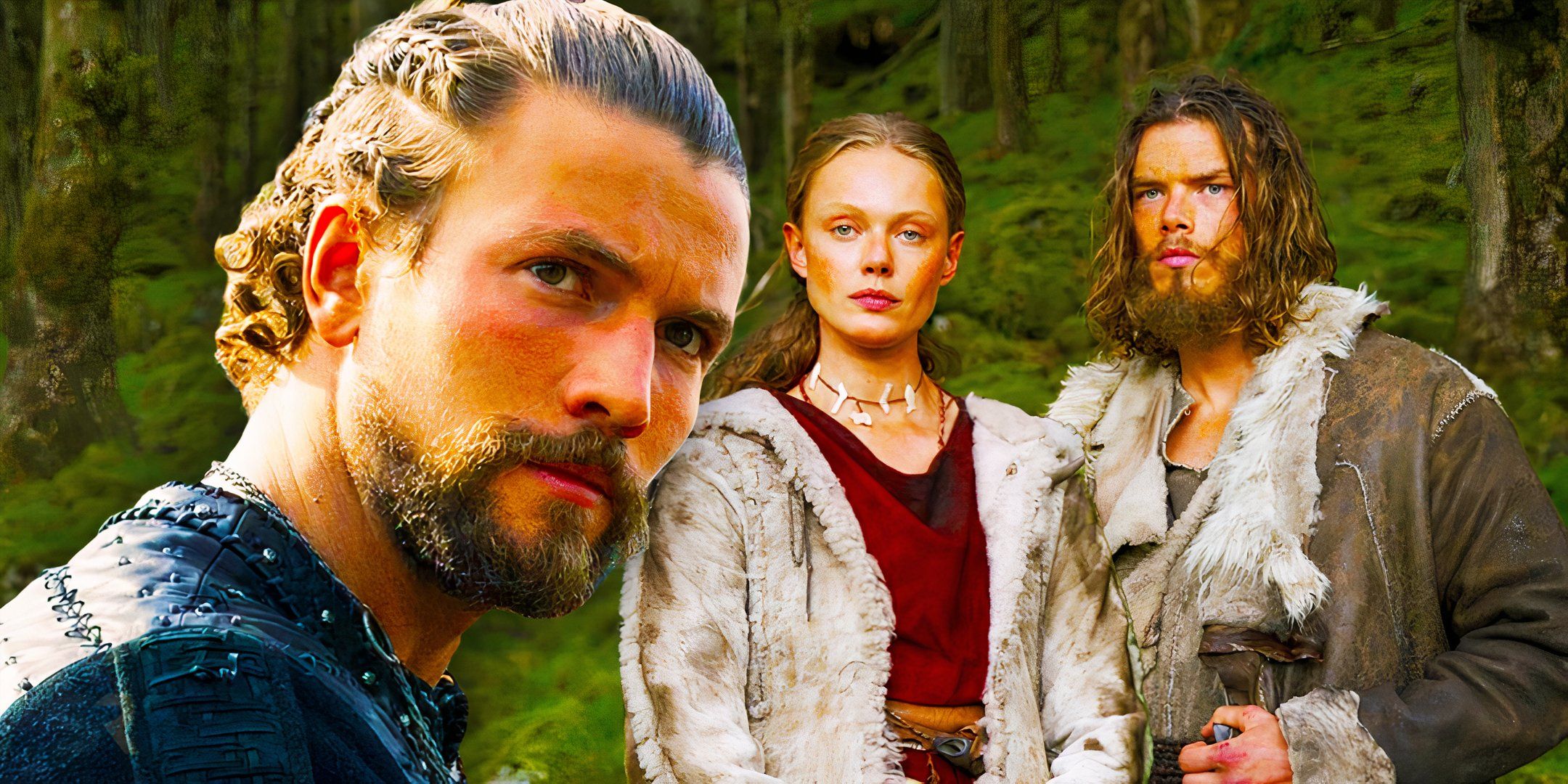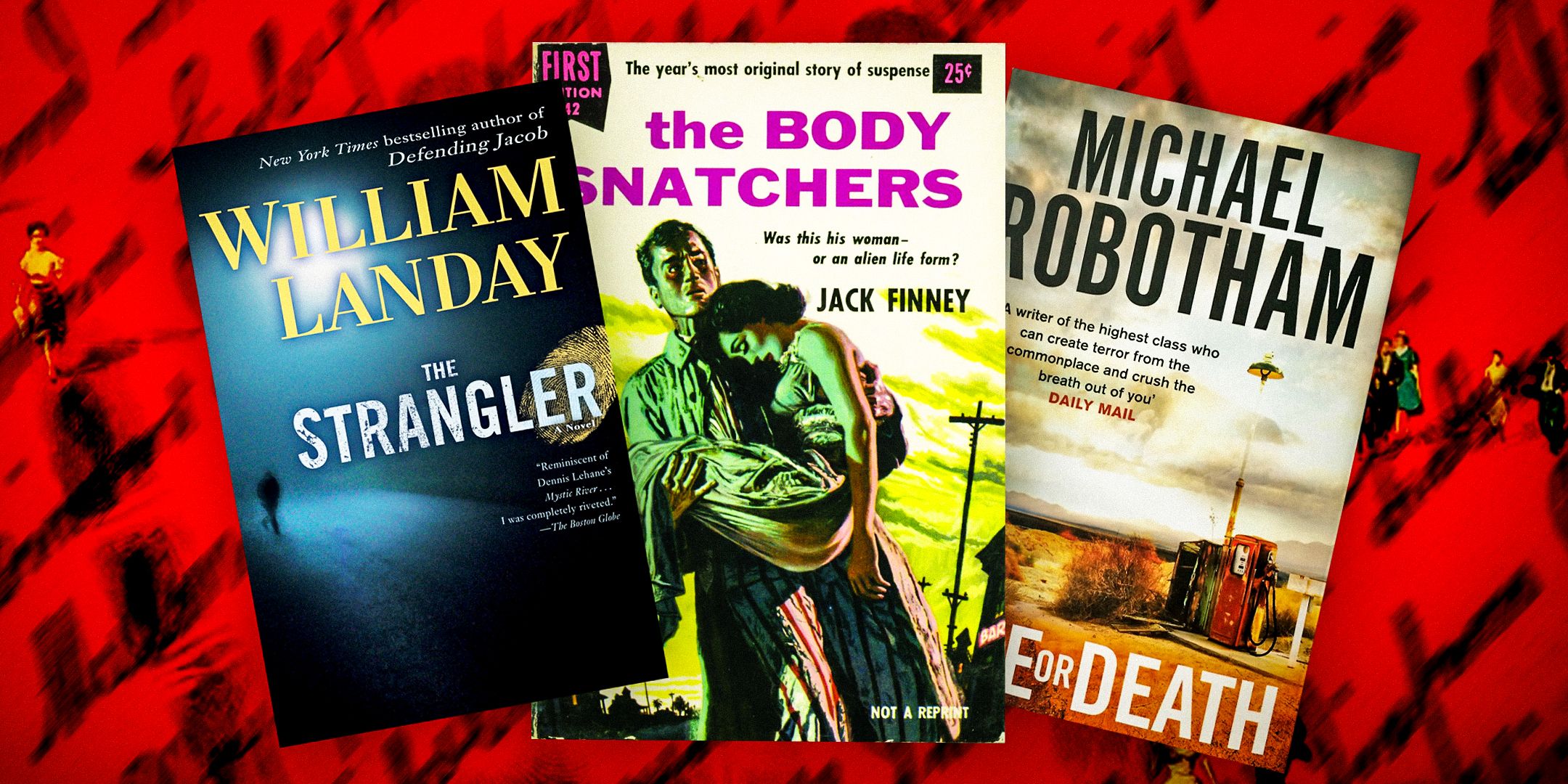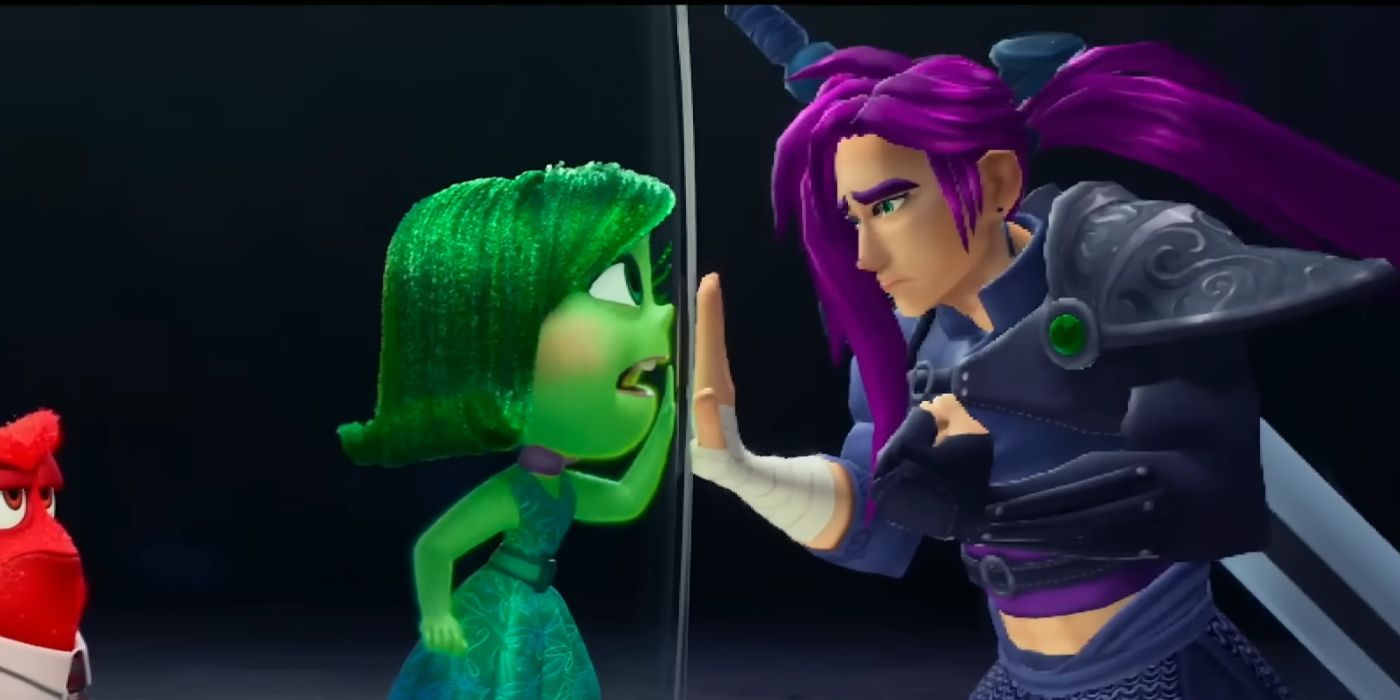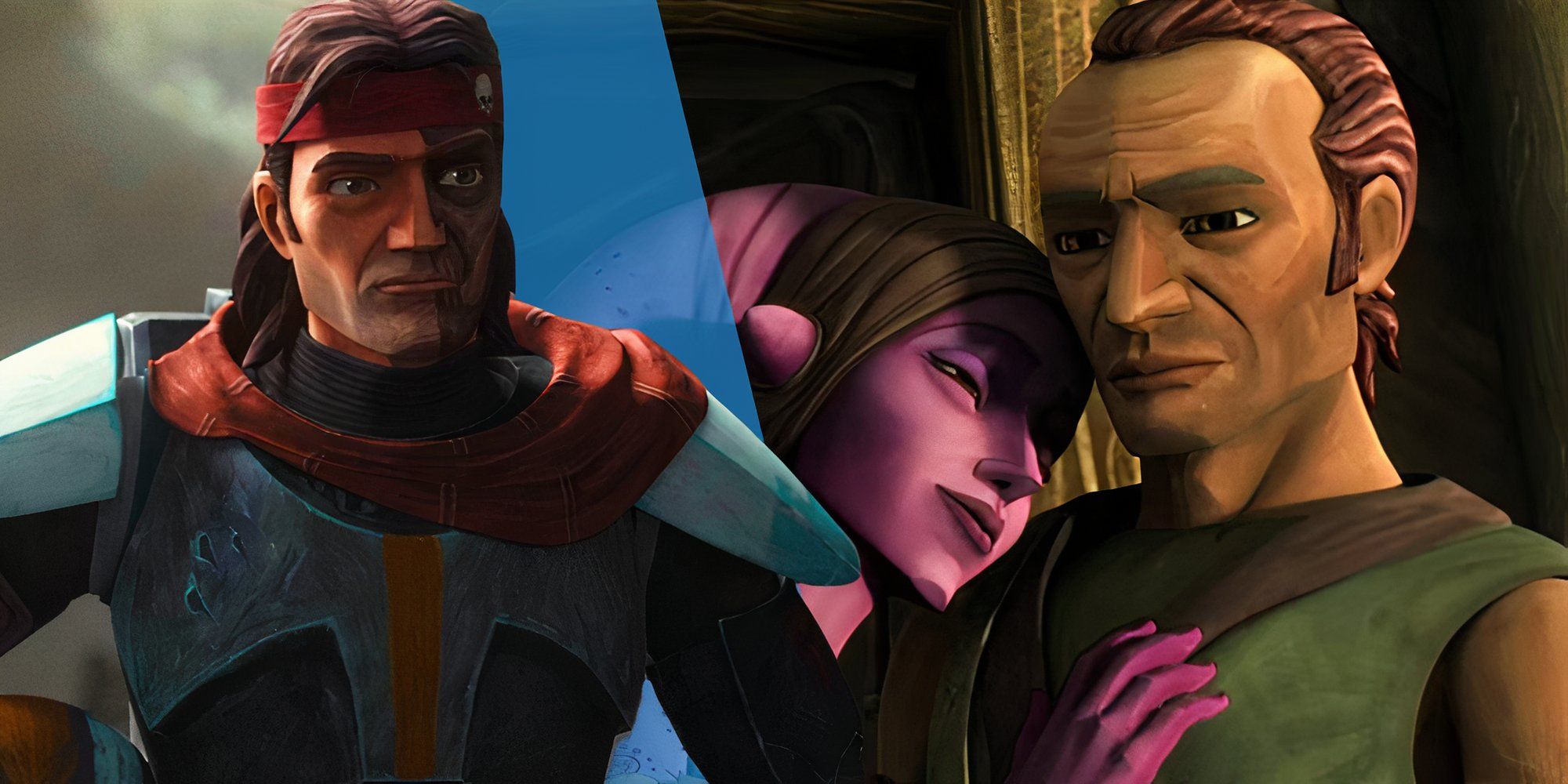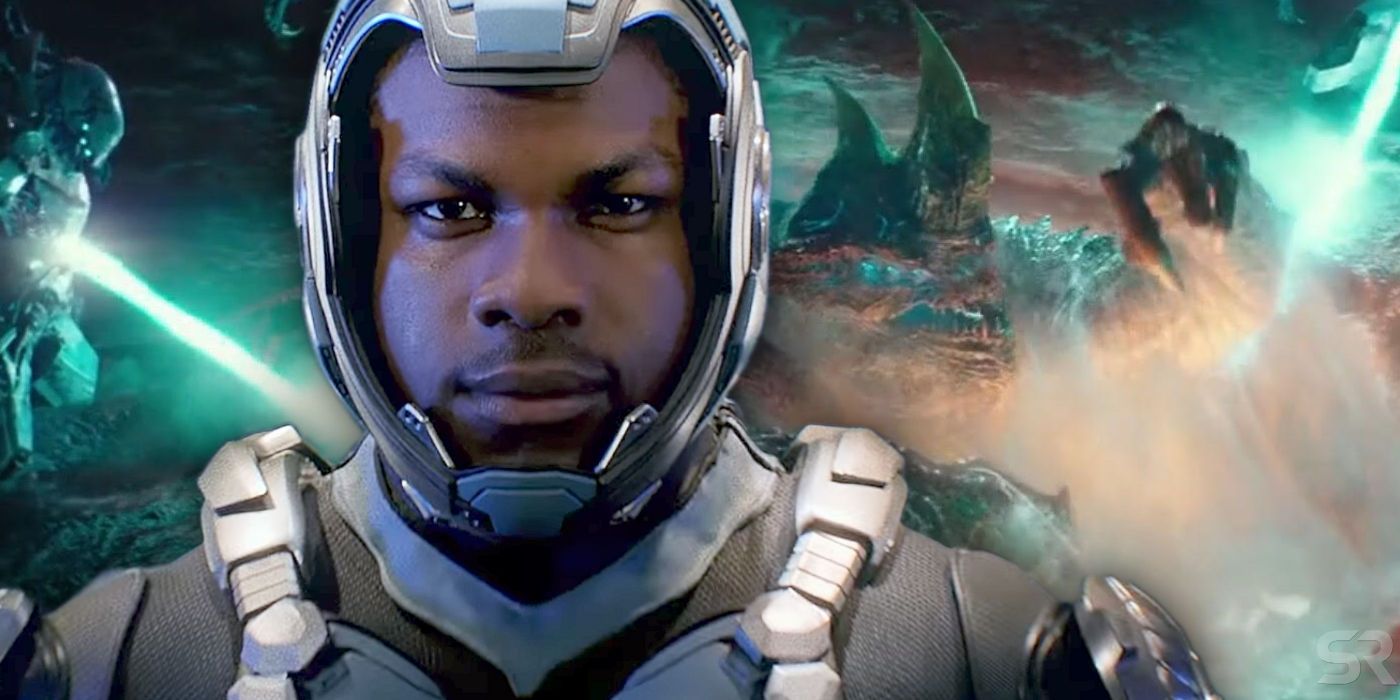One of the most common criticisms of One Piece is its slow pace, which can often deter new fans; however, One Piece‘s creator, Eiichiro Oda may have the perfect explanation for the series’ unique pacing. With over a thousand chapters and episodes, One Piece’s story has been gradually unfolding for over the last twenty-five years. While many have come to appreciate the long, rewarding journey, there have also been those who wished the series would pick up the pace at least by a little. But, according to Oda, One Piece’s pacing may be well beyond even his control.
In an interview published in the Sound & Recording Magazine in 2012 with Yasutaka Nakata, Eiichiro Oda states that the characters of One Piece often feel like they are alive, and act as they please. Thus, it can be difficult to force a character into action simply for the sake of the plot while staying true to the character.
Nakata: Does it feel like the world of “ONE PIECE” is moving in your head and you are drawing it?
Oda: That’s right. Characters work on their own, and the reader knows that too, and when I force a character to move for the sake of the story, they point out, “There’s no way this character would do this.” That’s why Luffy… It’s the most troublesome thing. If I don’t interpose various episodes and put the brakes on, the boss will be defeated right away. The characters are alive.
— Sound & Recording Magazine 2102, Issue 4.
Undoubtedly, this is a testament to the series’ strong characterization of major and minor characters alike. Oda simply draws the story as it would realistically progress, which is reflected in One Piece‘s focus on backstories and the setup leading to the climax of each arc, which always feels organic. As such, One Piece‘s pacing actually works in the series’ favor, even if it may not always be to fans’ liking.
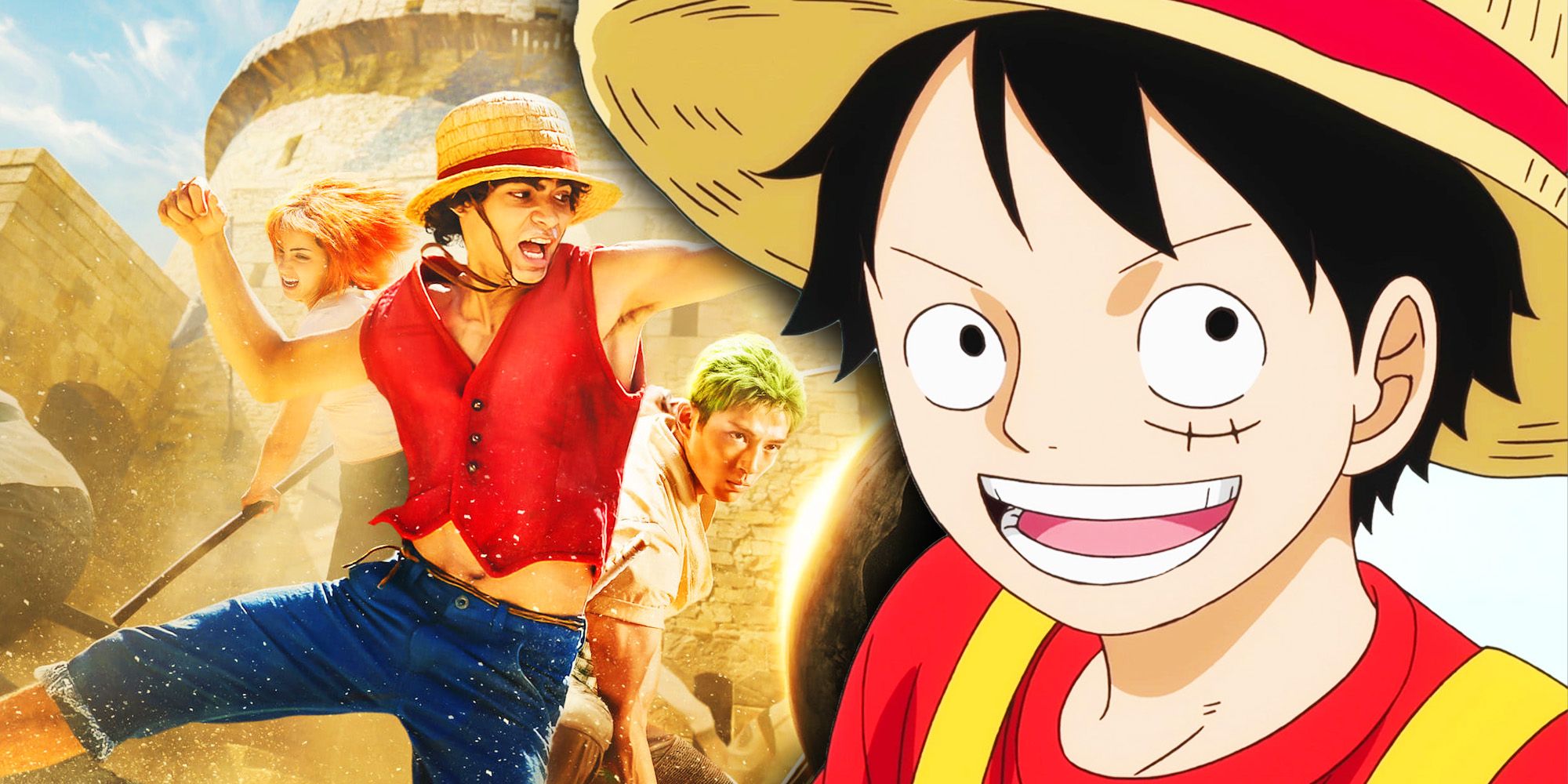
Related
Netflix’s One Piece Fixed The Most Common Complaint About The Anime 24 Years Later
Netflix’s live-action One Piece season 1 changed many elements from the manga, but it improved upon the most common One Piece anime criticism.
One Piece’s Pacing Allows The Story to Progress Organically
Unhurried Pacing Ensures Even the Smallest Fights Maintain Tension
Allowing characters to behave organically is ideal, but with a series full of ridiculously powerful characters like in One Piece, it may be hard to control the pace of the action when a fight has an obvious victor. In the interview, Oda explains that he often has to “put the brakes” on the story to prevent an antagonist from being immediately defeated. Slowing down the narrative has become all the more crucial as Luffy grows stronger and climbs his way up to the top of the pirate world, as the number of opponents he can fight seriously is decreasing with every arc.
This especially holds true when Luffy has to fight a powerful subordinate before he can fight the ultimate antagonist of an arc. Though Luffy’s climactic fight in each arc is almost always against an opponent much stronger than him, he often takes down many opponents weaker than the final boss before the big battle. In Dressrosa, Luffy battles Bellamy before Doflamingo, while in Whole Cake Island, Luffy struggles against Cracker before fighting Katakuri. Speeding through these initial battles would render them meaningless, making them seem too easy and quite simply a waste of time.
One Piece’s Pacing Typically Pays Off
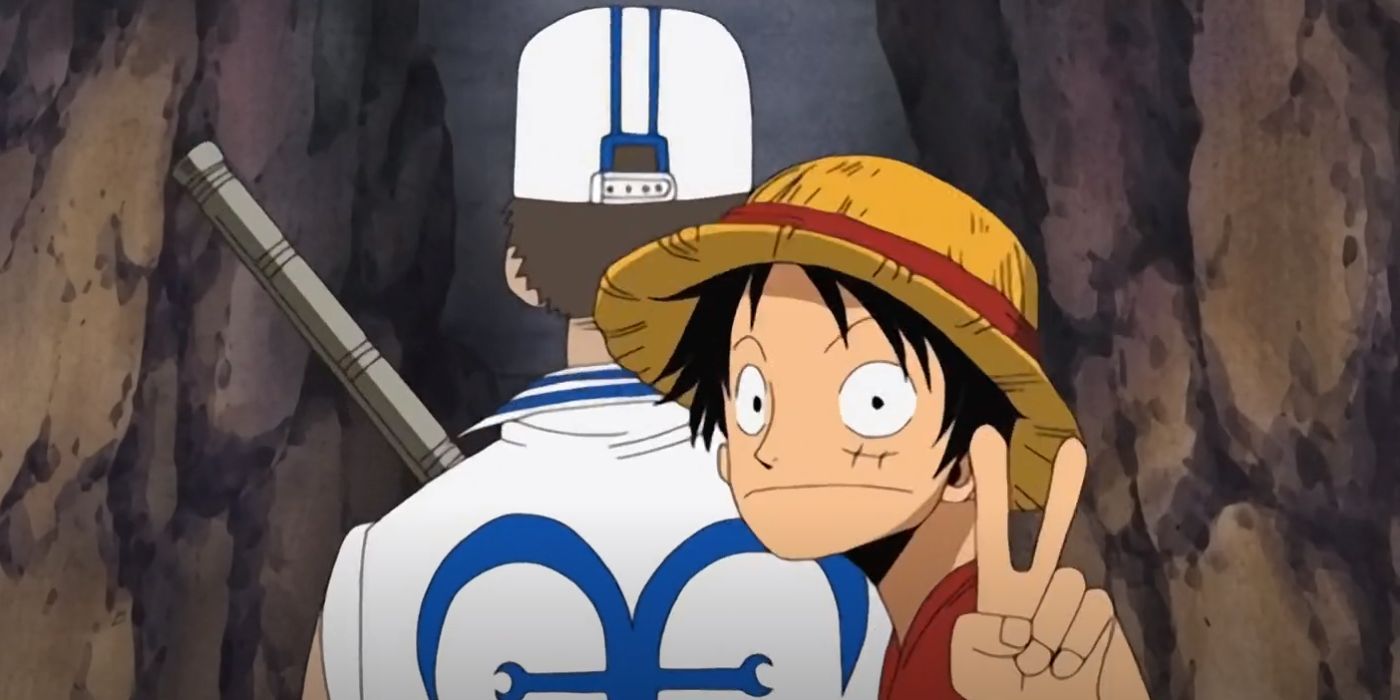
Most of the complaints about One Piece‘s pacing center around the anime which tends to prolong scenes even further in the anime. The discontentment of fans is reflected in the rising popularity of One Pace, a controversial abridged version of the anime that shortens dragged-out scenes and cuts out any recaps. While this does make the series seem less intimidating by cutting down the total watch time, it does partly take away from the payoff of the original.
That said, Oda has picked up the pace for the Final Saga since the end of the Wano Arc and the difference has been clearly felt. Though the Egghead Arc is progressing at an exciting pace with new and shocking developments with every other chapter, the arc has begun to feel a little rushed with the general sentiment that some events could have been explored in greater depth. An excellent example of this is Luffy’s fight against Lucci, which was truly brought to life only in the anime. In contrast to the manga, the anime better conveys the weight of Luffy and Lucci’s rematch after all these years and the thematic weight that the fight holds.
Overall, One Piece certainly has its slow moments, and some might argue the countless flashbacks are painstaking to sit through. However, it is this rich tapestry of context and interwoven connections, together with Oda’s strong grasp on his characters that takes the series’ high moments even higher. One Piece‘s pacing pays off in the most rewarding ways and the fact that Eiichiro Oda views his characters as alive and autonomous only makes the series all the more immersive.
One Piece is available from Crunchyroll.
Watch on Crunchyroll
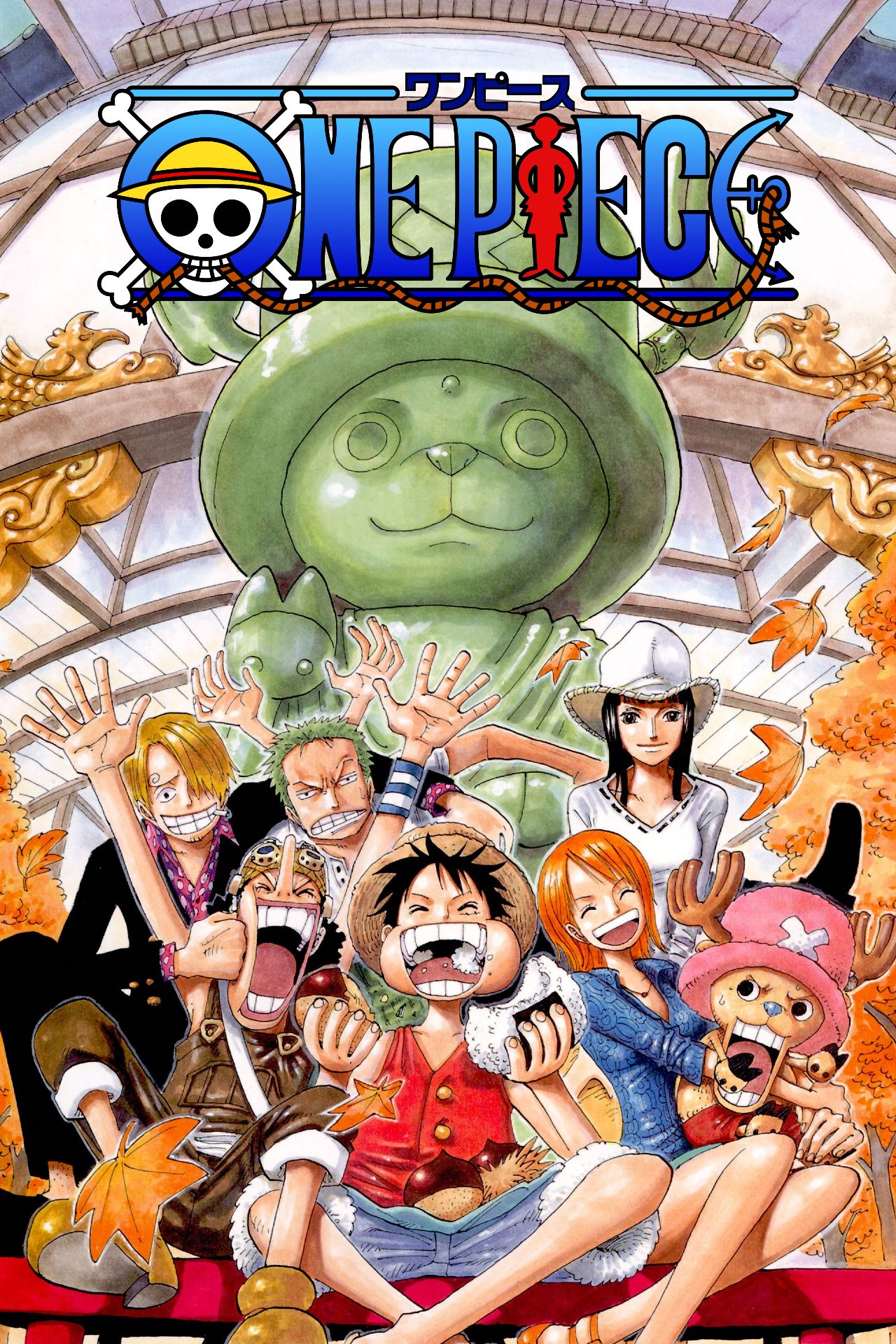
One Piece
- Created by
-
Eiichiro Oda
- Cast
-
Kazuya Nakai
, Akemi Okamura
, Kappei Yamaguchi
, Hiroaki Hirata
, Ikue Ôtani
, Yuriko Yamaguchi - Video Game(s)
-
One Piece: Unlimited World RED
, One Piece: Pirate Warriors 3
, One Piece: Pirate Warriors 4
, One Piece: World Seeker
, One Piece Odyssey
